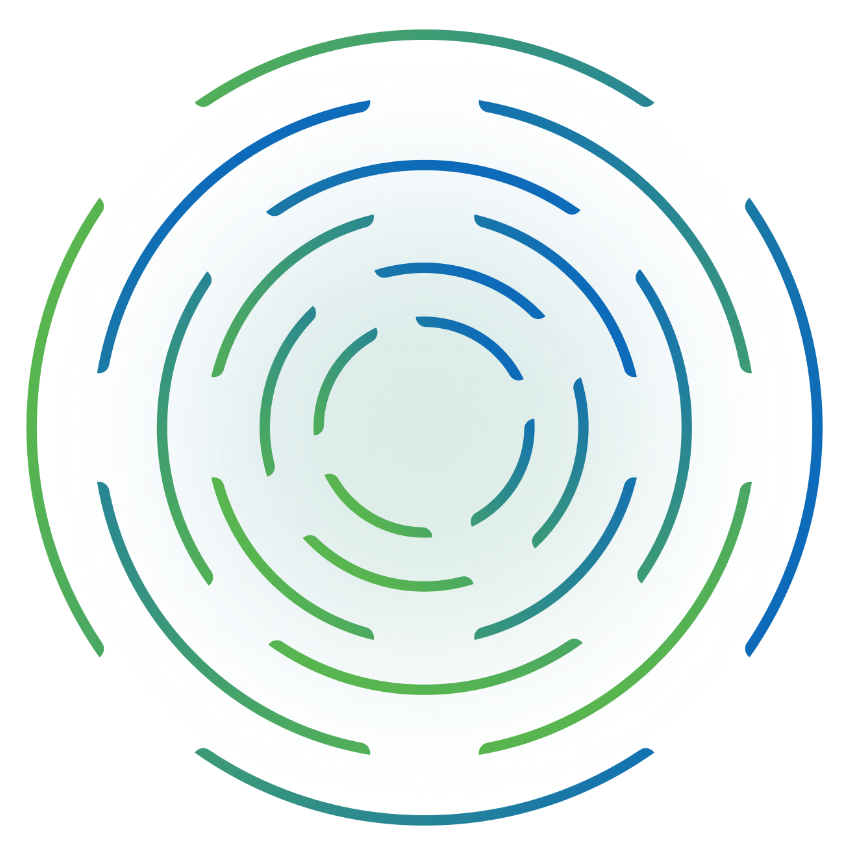Artificial intelligence for IT operations (AIOps) is enabling organizations to take the next step in their digital transformation. By leveraging big data and machine learning to drive automation, an AIOps platform creates predictive outcomes that help drive faster root-cause analysis (RCA) and accelerate mean time to repair (MTTR).
Modern, hybrid IT environments are built on many different layers of technology, with increasingly complex dependencies between them. Changes to services, applications, or underlying infrastructure happen so quickly that IT teams can no longer keep up with how all these elements are related. This makes it virtually impossible to remediate issues quickly. An AIOps platform solves this challenge by extracting value from the staggering amount of data generated by modern IT environments, and by providing context and insight that help ITOps teams make better decisions, faster.
As a leader in IT operations management, ScienceLogic offers an AIOps platform that lets your teams unlock the power of artificial intelligence observability and monitoring. With the ScienceLogic AI Platform, you gain infrastructure and service visibility along with the power to identify, prioritize, isolate, and remediate incidents and problems faster.
Solving problems with an AIOps platform
An AIOps solution lets ITOps teams see across multi-cloud and distributed architectures. It contextualizes data through relationship mapping, and acts on insights through integration and automation. With AI for IT Ops, your teams can solve several major challenges:
- Eliminating business service impact: The objective of monitoring IT operations is to eliminate the negative impact of IT issues on business services. To do this, CIOs and their teams need a clear view of the health, availability, and risk of key IT and business services. Legacy tools can’t deliver these insights—they either provide incomplete coverage or require too many point tools that prohibit automation and integration. An AIOps platform provides a single tool for comprehensively monitoring the IT estate, including multi-cloud architecture and technology built on containers and microservices.
- Minimizing application blind spots: Legacy monitoring tools miss most application issues since they address only 5-10 percent of apps in service. An AIOps platform eliminates these application blind spots by mapping all applications to all infrastructure, and by understanding the relationships between them.
- Automating incident resolution with an accurate CMDB: While a configuration management database (CMDB) can be a boon for ITOps teams, inaccurate CMDB data prevents automation and requires teams to handle configuration with painstaking manual processes. AIOps platforms automatically synchronize data in your CMDB with your rapidly changing IT environment and near-real time.
- Taming cloud sprawl: Many ITOps teams lack visibility and control over their cloud resources, especially when deployed in a public cloud service. This enables the number of loud instances to sprawl, often creating expensive, unintended consequences. An AIOps platform provides clear visibility into cloud services, including cloud performance, configuration, and log data to help teams contain cloud costs and improve security.
ScienceLogic: A trusted AIOps platform
The ScienceLogic’s AIOps platform reduces complexity and increases speed by delivering true visibility and reducing the tools required to manage and monitor your IT estate. With a single platform for monitoring performance and infrastructure, your teams can easily automate ticketing, troubleshooting, and remediation activities to resolve incidents and deliver new services faster.
With ScienceLogic’s AIOps platform, you can:
- Gain end-to-end service visibility across both on-premises and cloud environments, including custom devices.
- Modernize and unify monitoring tools to minimize IT complexity and reduce costs by 50% or more.
- Understand the impact of IT operations on business services at a glance. Facilitate faster, synchronized, and efficient operations with generative AI root cause analysis and powerful IT workflows and remediation.
What you can do with ScienceLogic’s AI Platform
With AI observability features, ScienceLogic’s AIOps platform sets the stage for fundamental IT and business transformation to enable breakthrough agility, speed, and growth. SL1, part of the ScienceLogic AI Platform, offers three core capabilities:
The ability to see everything
Using a variety of techniques, SL1 discovers all the devices within your digital footprint and collects performance data, configuration details, relationships, logs, and metadata. SL1 provides over 500 pre-built integrations that span over 100 vendors and thousands of device types to collect data from:
- On-premises, private, and public cloud infrastructure.
- Network, storage, computing, converged infrastructure, containers, and applications.
- Physical, virtual, software-defined, and microservices-based environments.
- IoT sensors, unified communications, and environmental systems like heating, AC, and power distribution.
SL1 addresses the challenge of ITOps data diversity with broad data collection, aligning data with operations context for aggregation, data de-duplication and normalization, and persistence in an optimized, operational data lake.
The ability to contextualize
SL1 uses a rich set of analytical techniques and machine learning to identify anomalies and other “weird” behavior, using event correlation within a service context to establish the root cause of an issue. SL1 can sift through massive volumes of data quickly to keep your teams in front of constantly changing environments. This enables ITOps teams to:
- Quickly identify service-impacted issues before they occur.
- Uncover root causes in just a few clicks.
- Offer recommendations and best practices for triage and remediation.
The ability to automate workflows
SL1 lets you harness rich, contextualized intelligence to power multidirectional workflows at scale for both proactive and responsive actions. With this AIOps platform, you can:
- Maintain an up-to-date and accurate CMDB and automate a wide range of ISTM workflows.
- Automate ticketing and routing to eliminate time-consuming, manual activities.
- Automate troubleshooting and remediation steps, automatically capturing diagnostic data to enrich events and incidents and enable faster root cause analysis.
Why customers choose ScienceLogic
ScienceLogic is a leader in ITOM and AIOps, providing modern IT operations with actionable insights that help to predict and resolve problems faster in a digital, ephemeral world. By empowering intelligent, automated IT operations, ScienceLogic frees up time and resources for IT teams and drives better outcomes for businesses.
With ScienceLogic, customers get:
- Proven technology: ScienceLogic’s technology meets the rigorous security requirements of the United States Department of Defense and is optimized to meet the needs of large enterprises and government agencies.
- Flexible solutions: ScienceLogic provides accurate, trusted, cost-effective, analytics-driven automation that supports a variety of use cases.
- Trusted partners: ScienceLogic strategically collaborates with MSPs, Global System Integrators, Federal System Integrators, and Channel Partners to streamline hybrid cloud complexity and digital transformation.
AIOps Platform FAQs
What is AIOps?
AIOps (artificial intelligence for IT operations) uses artificial intelligence (AI), machine learning (ML), and advanced analytics to streamline operational complexity and automate IT operations. In highly complex, dynamic, and distributed IT environments, AIOps provides ITOps teams with 100% visibility, rich data contextualization, and automated root-cause analysis and remediation to enhance the reliability and performance of IT systems.
What is an AIOps platform?
An AIOps platform consolidates tools for IT infrastructure monitoring, AIOps, and intelligent automation to help organizations and IT teams simplify workflows and enhance IT operations.








